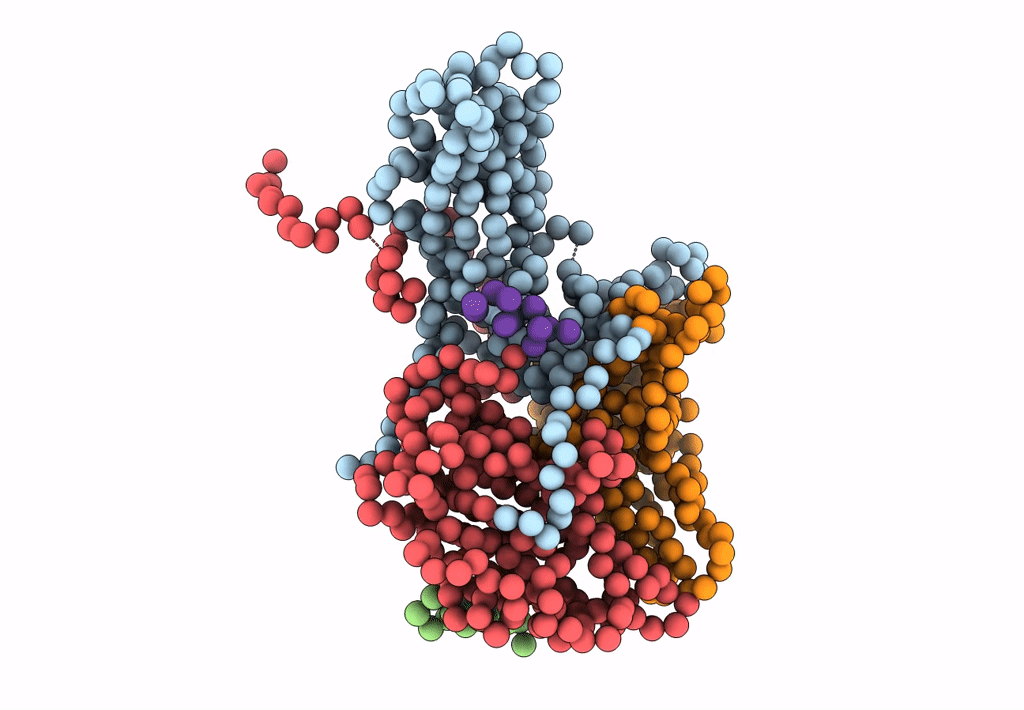
Deposition Date
2009-07-21
Release Date
2010-03-16
Last Version Date
2024-02-21
Entry Detail
Biological Source:
Source Organism:
Human poliovirus 1 Mahoney (Taxon ID: 12081)
Poliovirus type 3 (strains P3/LEON/37 AND P3/LEON 12A[1]B) (Taxon ID: 12088)
Human poliovirus 1 (Taxon ID: 12080)
Poliovirus type 3 (strains P3/LEON/37 AND P3/LEON 12A[1]B) (Taxon ID: 12088)
Human poliovirus 1 (Taxon ID: 12080)
Method Details:
Experimental Method:
Resolution:
10.00 Å
Aggregation State:
PARTICLE
Reconstruction Method:
SINGLE PARTICLE


